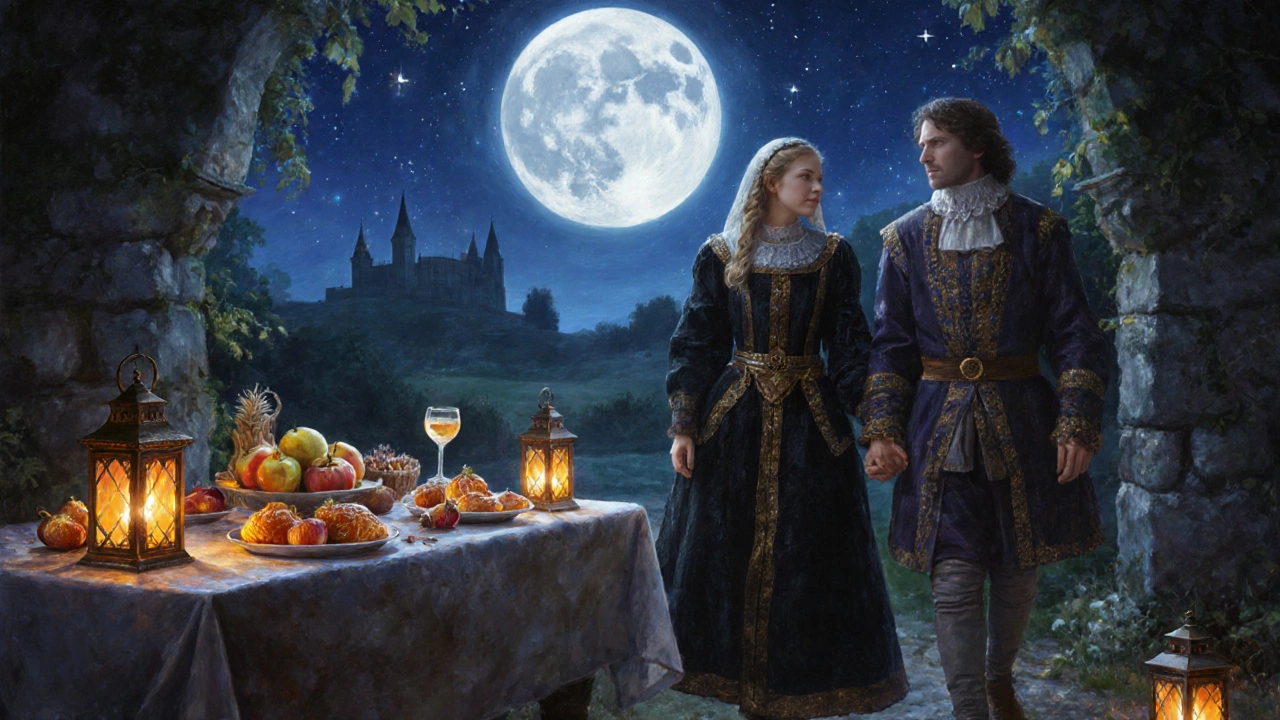SEARCH
Why Honeymoon Called: Origins, Traditions, and Modern Meaning
When we say honeymoon, a trip taken by newlyweds after their wedding to celebrate their marriage. Also known as bridal tour, it’s more than just a vacation—it’s a cultural ritual that’s lasted over 500 years. But why do we call it that? The word doesn’t come from honey or the moon. It comes from an old tradition where newly married couples drank mead—a fermented honey drink—for a full lunar cycle after their wedding. Back then, a month was called a "moon," and honey symbolized sweetness. So, "honeymoon" literally meant the sweetest month of their life. That’s the origin. No bees were harmed, but plenty of love was celebrated.
This tradition started in Europe, but it wasn’t just about drinking. In ancient Babylonian times, the bride’s father would give the groom enough mead to last a full moon cycle to help him bond with his new wife. Over time, this ritual turned into a real trip. By the 1800s, wealthy couples in England started taking extended journeys to places like the Lake District or the Continent. The idea was simple: escape daily life, reconnect, and start married life with a fresh memory. Today, that’s still the point. Whether you’re lounging in Goa or trekking in the Himalayas, the honeymoon is about carving out time just for two. And while the mead’s gone, the intention hasn’t changed.
What makes a honeymoon different from any other trip? It’s not just the destination—it’s the wedding customs behind it. In many cultures, the honeymoon is the first shared experience as a married couple. It’s when roles shift—from planning a wedding to planning your life together. That’s why who plans it matters. Traditionally, the bride’s family handled it. Now, couples split the cost, book together, or even surprise each other. The romantic travel trend has exploded in India too. From the quiet backwaters of Kerala to the snow-capped peaks of Manali, couples aren’t just chasing views—they’re chasing connection.
And it’s not just about luxury. Some couples skip five-star resorts and head to a homestay in Coorg. Others pick a quiet temple town in Tamil Nadu. The point isn’t how much you spend—it’s that you chose to leave everything else behind. That’s the real meaning behind the word. The honeymoon isn’t about perfection. It’s about presence. It’s about waking up together somewhere new, eating street food in a city you’ve never visited, and laughing over a missed train or a wrong turn. Those are the moments that stick.
Looking at the posts here, you’ll see real stories from couples who’ve done it all—from beach escapes in Lakshadweep to cultural stays in Jaipur. You’ll find out who traditionally pays for the trip, what the most romantic Indian cities are, and how to plan one without breaking the bank. Whether you’re engaged, planning, or just curious, this collection gives you the real talk—not the glossy ads. No fluff. Just what works, what’s changed, and why this old word still holds so much meaning today.

Why is it called a honeymoon? History, meaning & fun facts
Discover the origin of the term honeymoon, its historical roots, and why it still shapes couples' travel choices today.
Continue reading